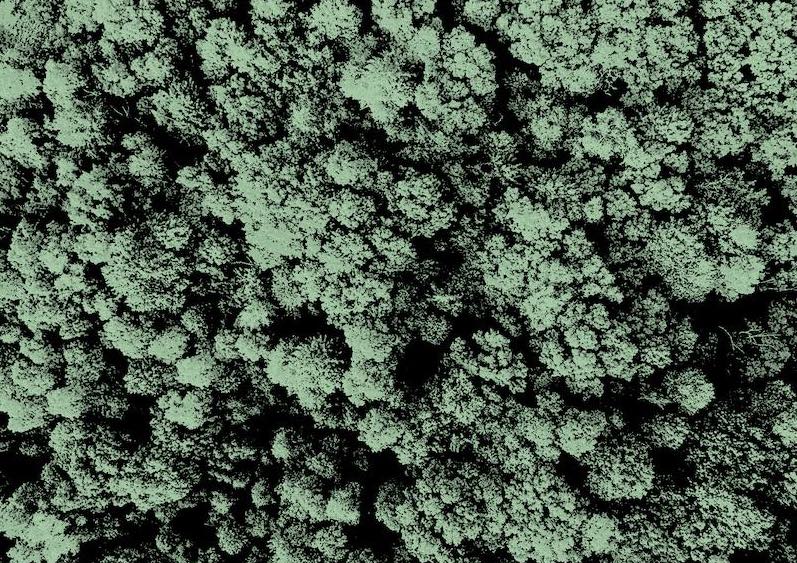What is it about?
The paper showcases how an exploration of patterns of evaluative meaning helps (forensic) linguists to get at personal and relational identities performed and encoded in terrorism cases. The paper explains how attitudinal meaning resources offer a diagnostic for characterizing identity in discourses of violence and hate speech, by establishing a link between a person's authorial identity, affiliation and membership categorization, attitudinally-loaded expressions and lexical structures, socioculturally-situated meaning, and ideologically and contextually motivated choice of language forms.
Featured Image

Photo by Towfiqu barbhuiya on Unsplash
Why is it important?
The paper contributes to semantics-based forensic linguistics research into discourses of violence and hate speech. It does so by demonstrating the identification and description of how attitudinal meaning making-resources operate as discursive markers of identity and clues of moral and ideological reasoning of violence, which can inform law enforcement and security agencies' hypotheses and intervention. Our approach combines forensic linguistics approaches to authorship detection with the affordances of corpus linguistic methods such as close inspection of concordance lines and frequency information. The aim is to use corpus methods where they serve to illuminate dimensions of meaning that are useful to forensic investigation into terroristm cases.
Perspectives
Writing this article was a great pleasure as it has a co-author with whom I have had a fruitful collaboration, particularly on using corpus methods for investigating affiliation in discourse. This article leads to a greater involvement and collaboration in linguistic research for forensic purposes.
Awni Etaywe
University of New South Wales
Read the Original
This page is a summary of: Identity, ideology and threatening communication, Journal of Language Aggression and Conflict, February 2021, John Benjamins,
DOI: 10.1075/jlac.00058.eta.
You can read the full text:
Resources
Contributors
The following have contributed to this page










